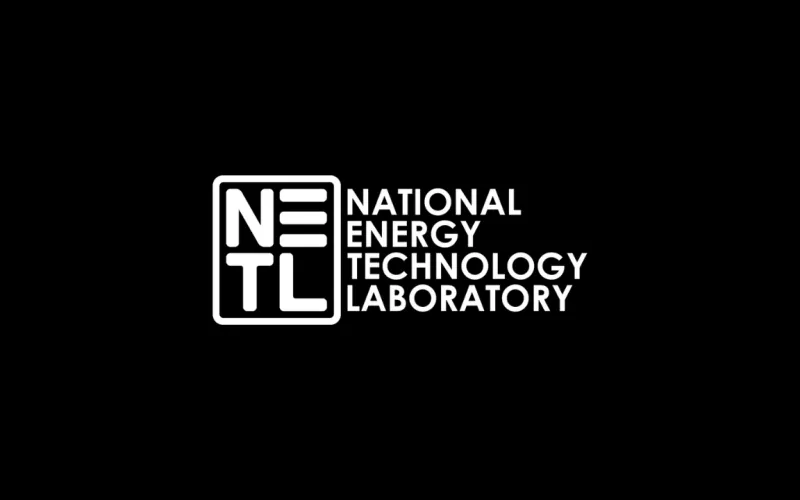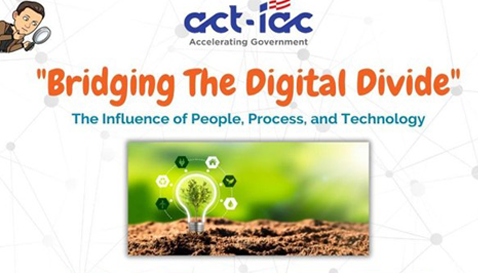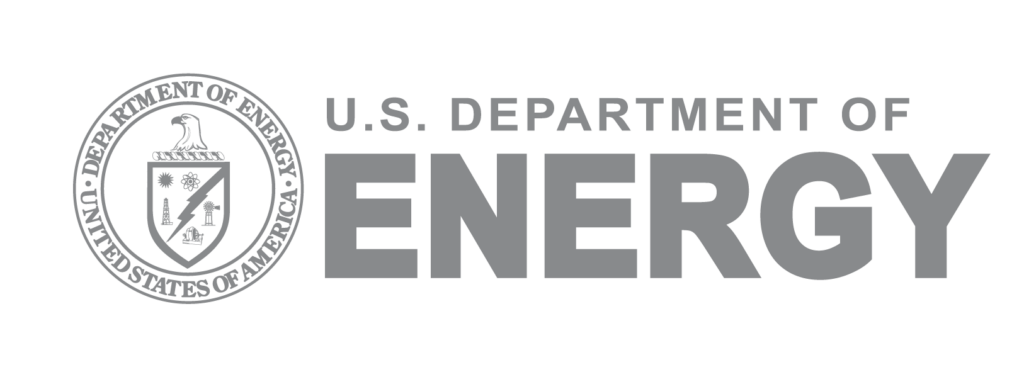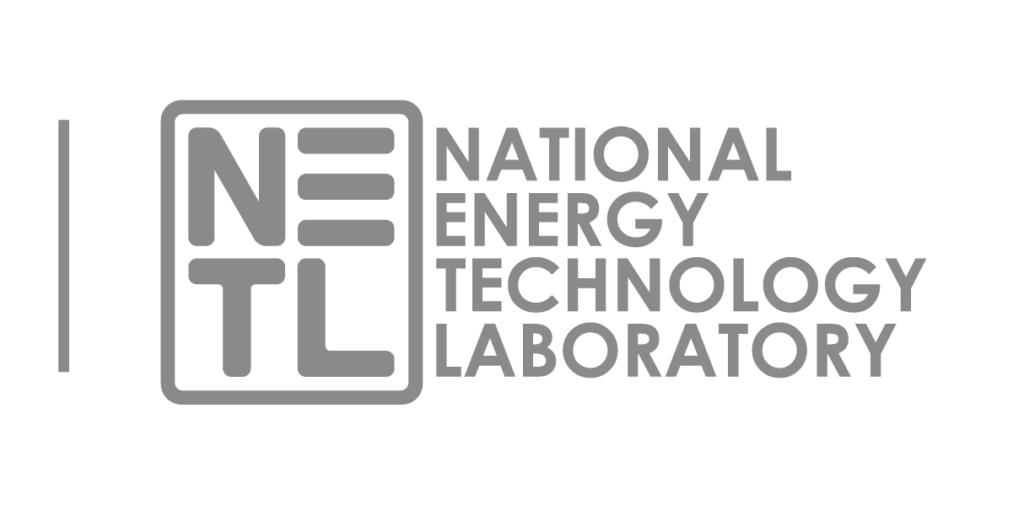WASHINGTON, D.C. — The U.S. Department of Energy’s (DOE’s) Office of Fossil Energy and Carbon Management (FECM) today announced the selection of nine university and industry-led projects to receive $44.5 million in federal funding to advance commercial-scale carbon capture, transport, and storage across the United States. These regional partnership projects will accelerate the understanding of specific geologic basins to enable the permanent storage of carbon dioxide emissions from industrial operations and power plants, as well as from legacy emissions in the atmosphere. The partnerships will provide technical, informational, and educational assistance to stakeholders involved in DOE and private sector-based carbon transport and storage projects located throughout the country, as well as to communities where these projects are located. These efforts support the Biden-Harris Administration’s commitment to ensuring that all carbon management projects continue to be designed, built, and operated safely and responsibly, and in a way that reflects the best science and commercial practice and responds to the needs and inputs of local communities.
disCO2ver
Unlocking data-driven capabilities for the entire CCS community
Home » News
News
NETL has released version five of a user-friendly, sophisticated database that can be used to estimate the carbon dioxide (CO2) storage potential of underground geological environments, helping stakeholders make more informed decisions that could improve the efficiency, safety and long-term stability of CO2 storage operations.
NETL has launched a Geospatial and Information Substitution and Anonymization (GISA) Tool that provides users with access to detailed data while protecting sensitive information, balancing data accessibility with privacy concerns.
NETL projects to realize a transformed American energy sector using artificial intelligence (AI) and other technologies were shared during the first AI Expo for National Competitiveness organized by the Arlington, VA-based foundation Special Competitive Studies Project, held in Washington, D.C. May 7-8.
WASHINGTON, D.C. — As part of President Biden’s Investing in America agenda, the U.S. Department of Energy’s (DOE) Office of Fossil Energy and Carbon Management (FECM) today announced up to $500 million available for projects that will help expand carbon dioxide (CO2) transportation infrastructure to help reduce CO2 emissions across the United States. Meeting the Biden-Harris Administration’s goal of a net-zero emissions economy by mid-century will require accelerating the responsible development and deployment of technology to capture CO2 emissions from industrial operations and power generation and to remove CO2 directly from the atmosphere. These efforts must be supported by a safe and reliable system that can transport the captured CO2, either for permanent geologic storage or for conversion to useful, durable products.
NETL publicly released an award-winning analytical tool that uses advanced big data computing, artificial intelligence (AI), machine learning (ML) and advanced analytical models to evaluate energy infrastructure integrity — a capability that can lead to effective cost savings and improved operational measures for environmental safety.
An NETL study published in the Springer journal Natural Hazards highlights new capabilities for anticipating submarine landslides in the Gulf of Mexico, which can increase the safety and success of future offshore development projects.
NETL’s research in how artificial intelligence (AI) and machine learning (ML) technologies can be used in the changing energy landscape to address climate change while powering the modern economy was featured in a recent podcast episode.
WASHINGTON, D.C. — As part of President Biden’s Investing in America agenda, the U.S. Department of Energy (DOE) today announced $11 million for four selected projects that will help fight climate change by bolstering the nation’s carbon management industry. The projects, funded by the Bipartisan Infrastructure Law, will support the transport of carbon dioxide (CO2) captured from industrial and power generation facilities, as well as from legacy carbon dioxide emissions captured directly from the atmosphere, to locations for permanent geologic storage. This effort supports the development of a large-scale carbon management industry, key to achieving the Biden-Harris Administration’s historic climate and clean energy agenda.
The National Energy Technology Laboratory (NETL) has launched a database of all the potential underground carbon storage sites.
A new NETL study suggests that the Central U.S. should take a regional approach to carbon capture and storage (CCS) due to differences in geography. This study assesses different variables related to carbon transport and storage, and how geographic location can influence cost.
The U.S. Department of Energy (DOE) is investing over $444 million in sixteen projects across twelve states as part of President Biden’s initiative to strengthen America’s infrastructure and fight climate change. These projects, managed by the National Energy Technology Laboratory (NETL), will focus on large-scale commercial carbon storage projects with the capacity to securely store 50 million metric tons or more of carbon dioxide across a 30-year period, contributing to the responsible deployment of carbon management technologies and economic opportunities across local communities.
The U.S. Department of Energy’s Office of Fossil Energy and Carbon Management has announced up to $35 million in funding through the Carbon Dioxide Removal (CDR) Purchase Pilot Prize, part of President Biden’s Investing in America agenda. This initiative aims to advance technologies for reducing emissions from sectors like aviation and shipping while addressing legacy carbon dioxide pollution by directly removing it from the atmosphere.
The U.S. Department of Energy’s National Energy Technology Laboratory (NETL) conducted a groundbreaking experiment at the Mont Terri Underground Research Laboratory in Switzerland, injecting a mixture of water and carbon dioxide into a fault to understand its impact on caprock and prevent carbon leakage. This marks the first such injection into a fault, providing crucial insights into fault activation in caprocks and supporting NETL’s efforts in carbon capture and storage (CCS) technologies.
The National Energy Technology Laboratory (NETL) and United States Steel Corporation (U.S. Steel) are collaborating to test an advanced membrane technology for capturing carbon emissions from steelmaking processes at U.S. Steel’s Edgar Thomson Plant in Pennsylvania. The project, scheduled for installation in early 2025, could play a key role in reducing carbon emissions from industrial sites and supporting U.S. climate targets.
The U.S. Department of Energy’s Office of Fossil Energy and Carbon Management has announced funding of up to $17.2 million to evaluate the potential for unconventional oil production through the CO2 Enhanced Oil Recovery (CO2-EOR) process. This initiative aims to recover residual oil from mature fields using captured CO2 emissions while safely and permanently storing it underground, repurposing existing infrastructure to support decarbonization goals and accelerate carbon storage operations.
The world is undergoing a digital revolution. For years, advanced carbon capture and storage (CCS) tools were limited to those with resources and expertise, but the National Energy Technology Laboratory (NETL) is aiming to democratize data in ways that bridge the digital divide and empower a larger community to benefit from CCS tools. In this Dots & Bridges webinar partnership with ACT-IAC, NETL’s Kelly Rose and Chad Rowan discuss how the Energy Data eXchange®(EDX), NETL’s award-winning virtual research and development (R&D) data curation and collaboration system, is advancing to work towards the goal of a net-zero emissions economy by 2050.
The National Energy Technology Laboratory (NETL) has developed CO2-Locate, a centralized well database funded by the Bipartisan Infrastructure Law, providing information on existing wells across the U.S. for potential carbon sequestration projects. This dynamic database, accessible on the Energy Data eXchange®(EDX), integrates open-source wellbore data from state and federal entities, offering researchers spatio-temporal statistics, insights and a web map to inform future carbon capture and storage (CCS) needs.

























